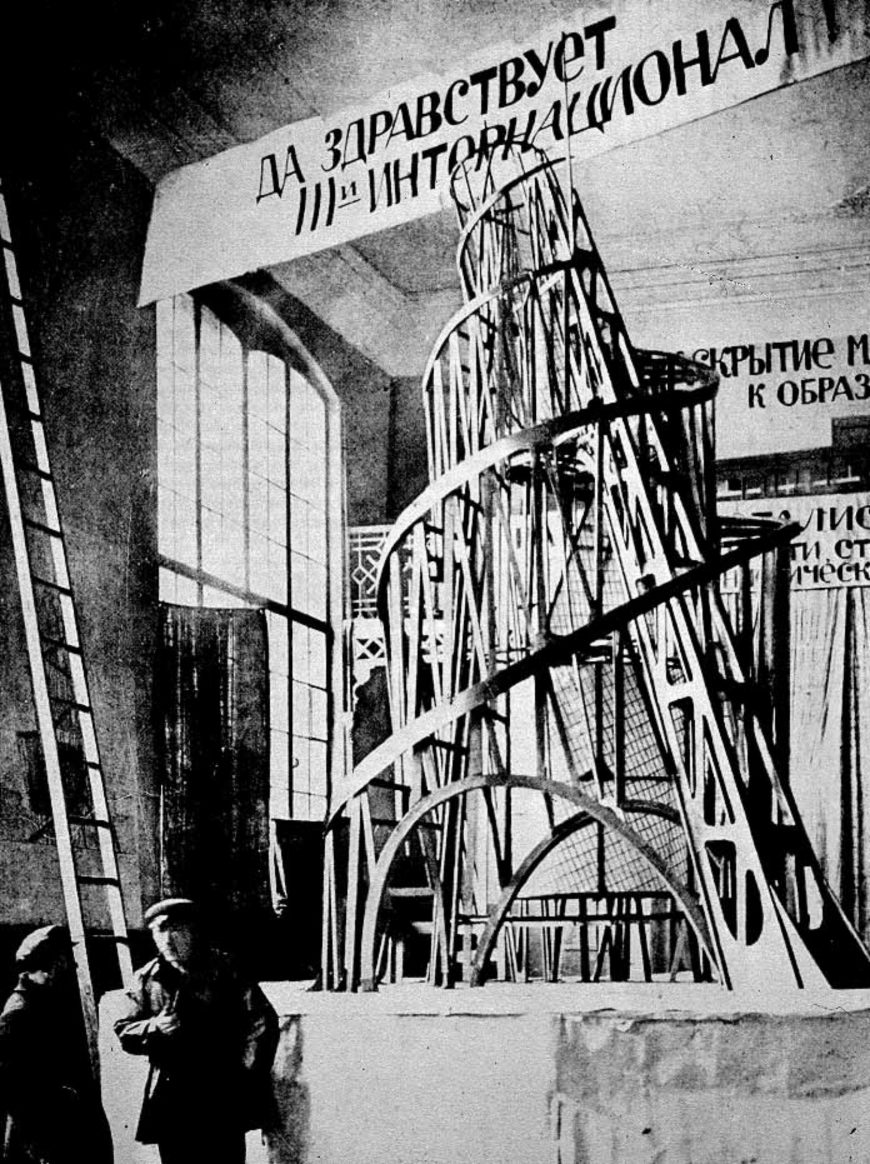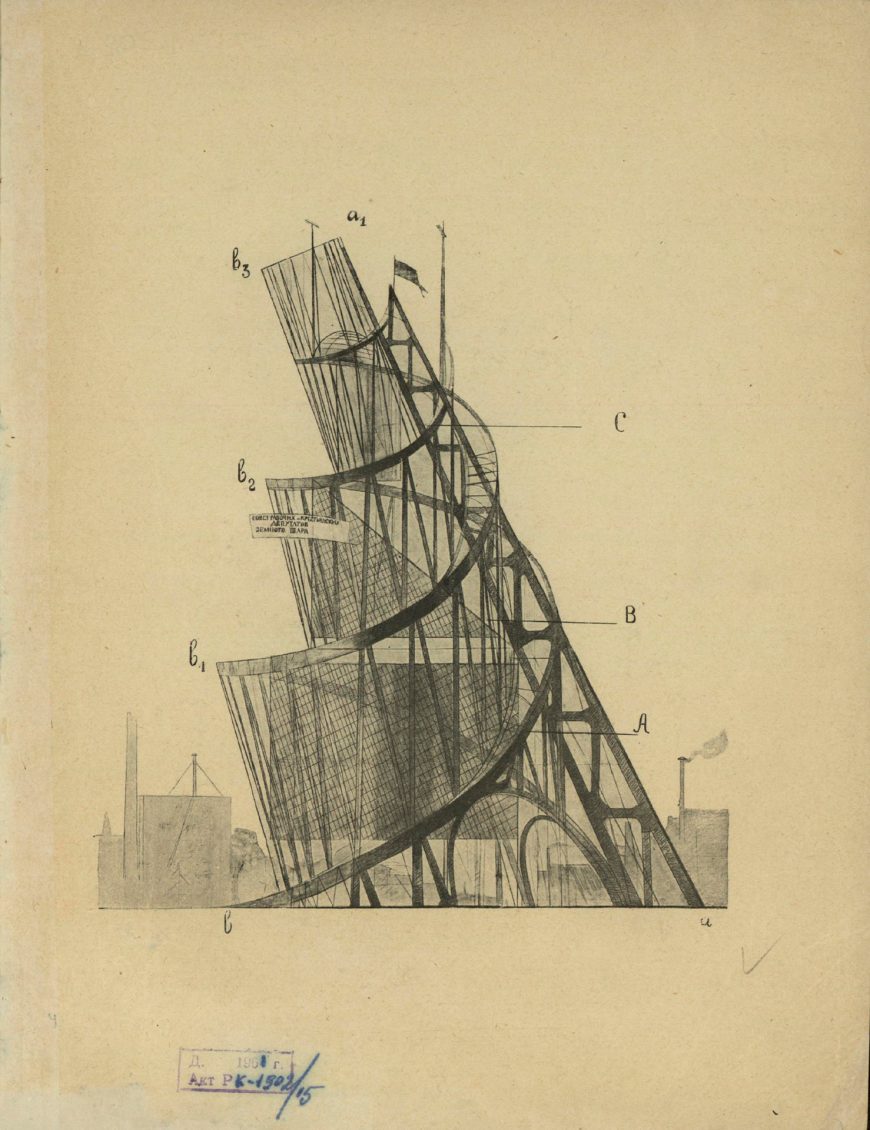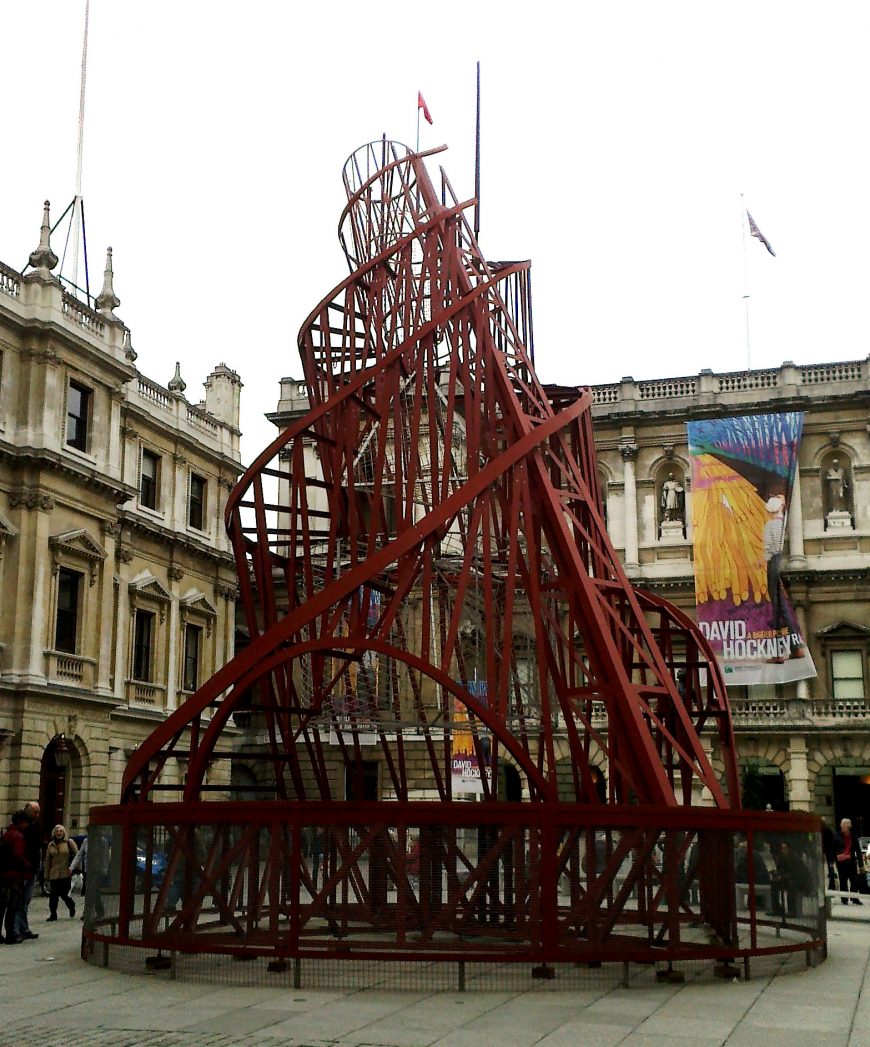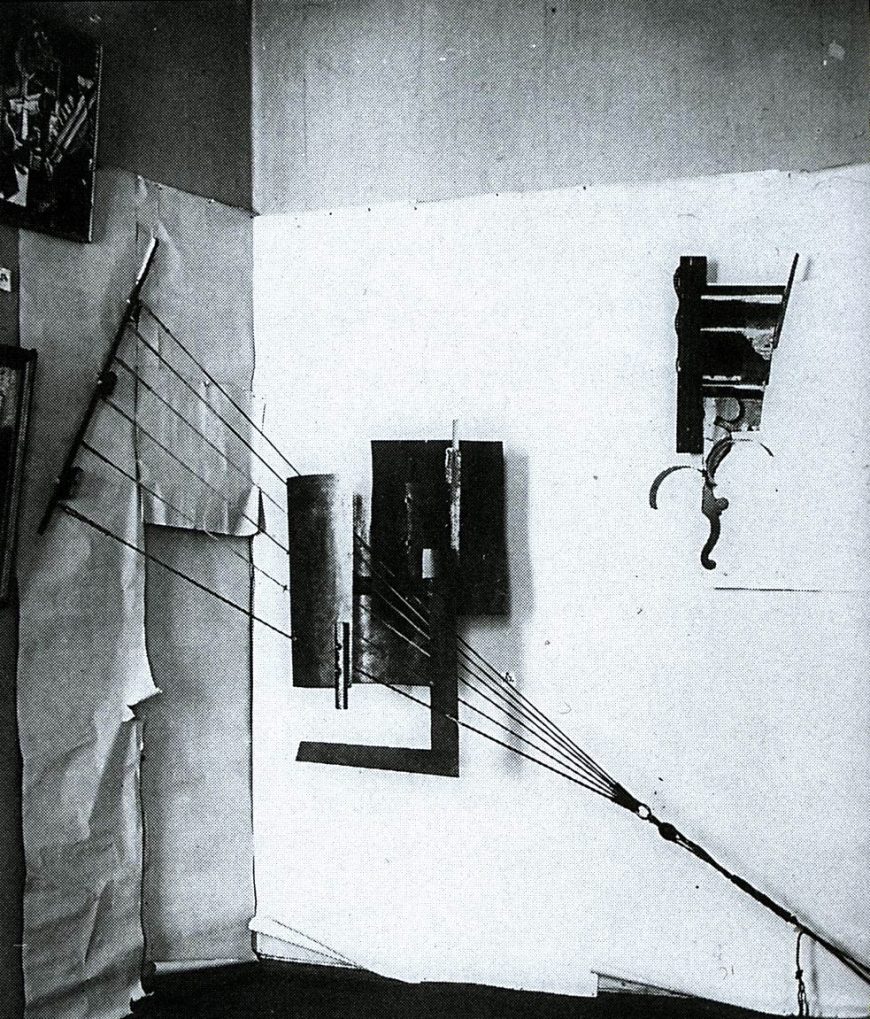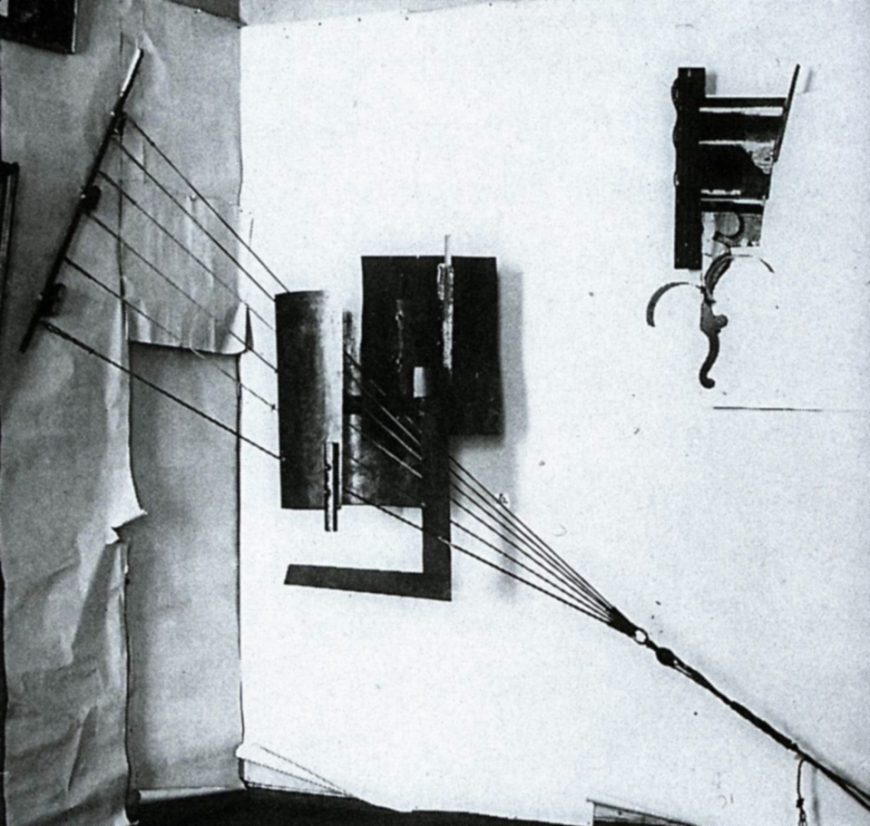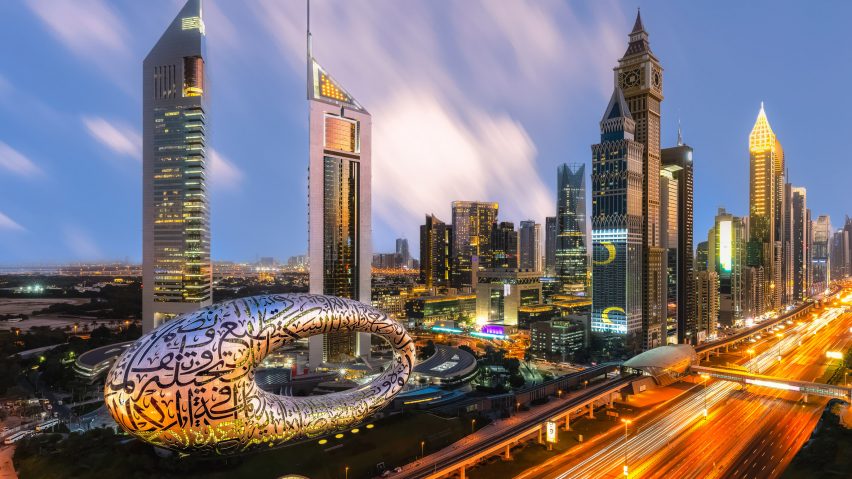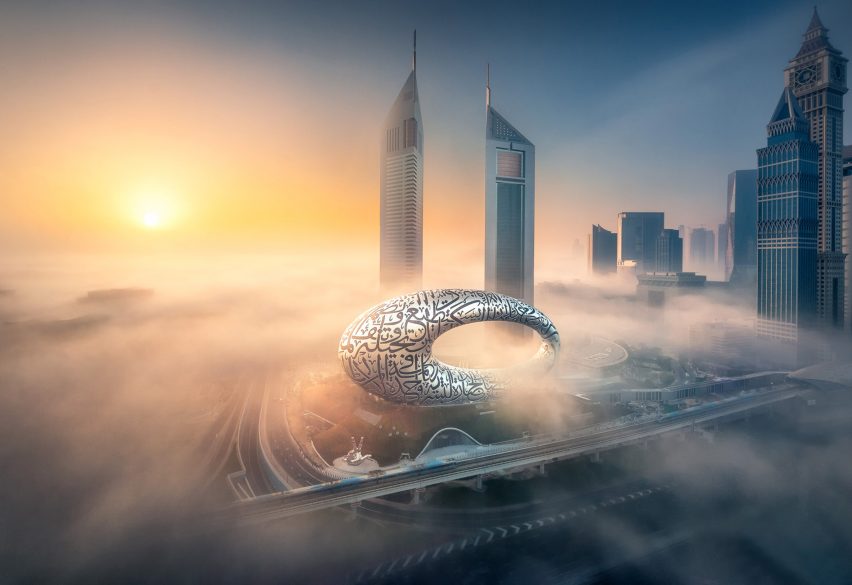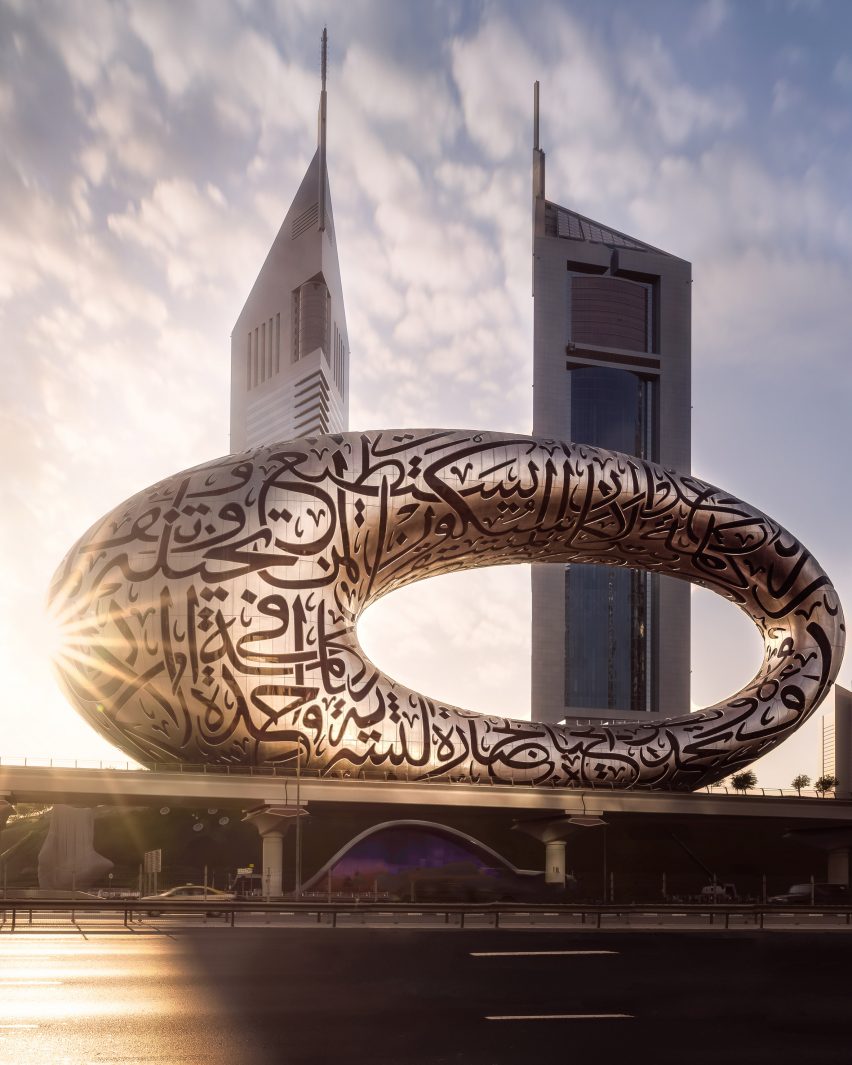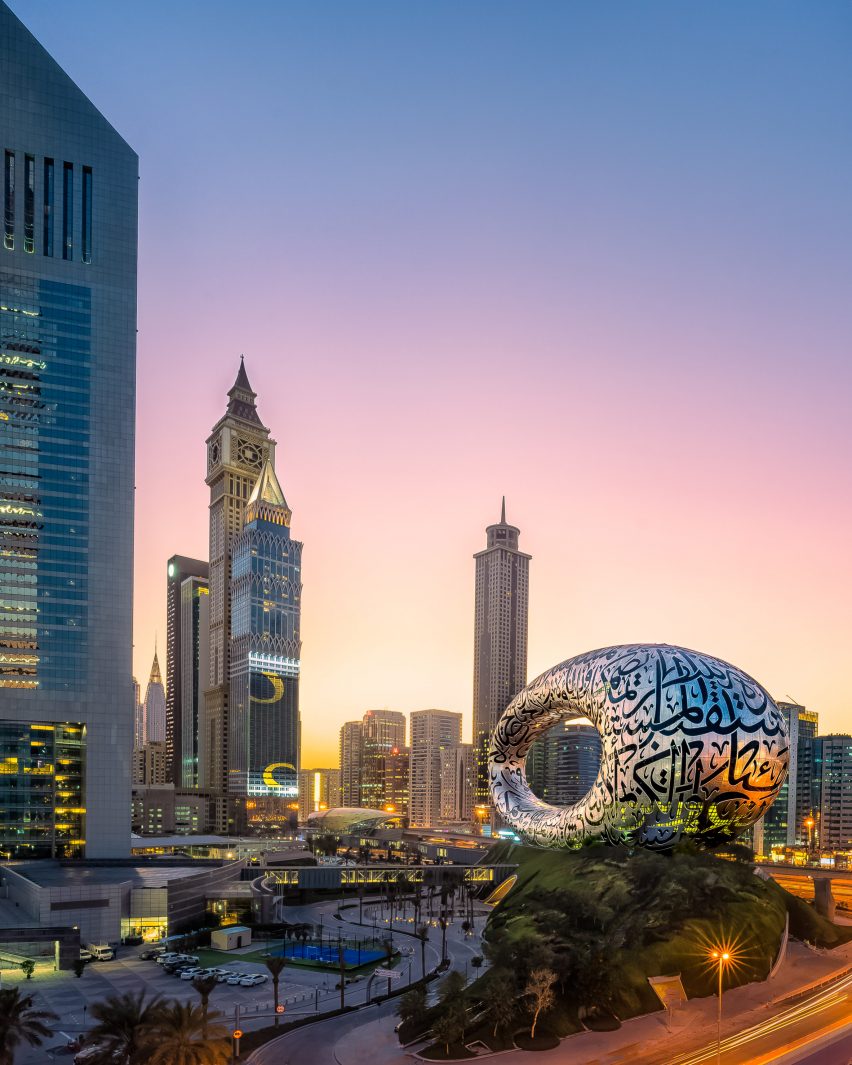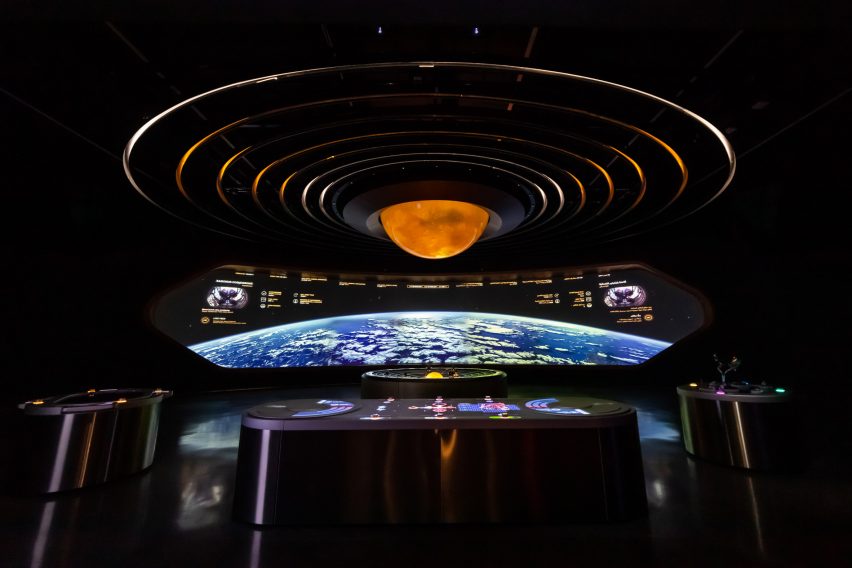
Photograph Source: Senado Federal – CC BY 2.0
To a degree that we seldom realize, we depend upon the participation of others in our lives, and upon our own participation in the lives of others.
– Roy Wagner, The Invention of Culture (p. 15).
The strategy works but it doesn’t mean that the strategist is intelligent, especially in an unintelligent system that’s destroying the planet. Brazil’s president, Jair Messias Bolsonaro knows how to hog the news with his despicable utterances, for example by comparing Indigenous reservations to a disease (“Our Amazon is like a child with chickenpox, every dot you see is an indigenous reservation”), thus remaining in the headlines and keeping racism (as well as sexism and other sociopathic views) alive and well. The mainstream press plays along, sometimes inertly echoing and sometimes playing shocked by his views which, after all, are just a more than usually brazen expression of the global system that breeds them. The system needs its Bolsonaros to make other faithful servants of the system look less noxious than they really are, and also to distract attention from things the general public aren’t supposed to know: in general, all the signs that, if humans are to thrive together with other species on this planet, a totally different social system is desperately needed.
The news that tends to be beamed out about Indigenous peoples, if not as crude as Bolsonaro’s views, tend to present them as dirt poor, backward, victims, quaint, exotic, or, in the artistic domain, set pieces aestheticising brutality and tragedy in a photograph by, say, Sebastião Salgado. The approximately 13,000 Munduruku people, who live along the Tapajós River in fourteen “Indigenous lands” in various phases of recognition by the state of Brazil, defy all the cliches. To begin with, they’re sending a powerful message to the government, the present one and the one that wins the elections in October this year: they’re not to be messed with, they understand and are exposing the rot at the heart of the system that wants to destroy them and, in doing so, have shown that history, as told today, is wrong.
The Munduruku—“fire ant people”, an allusion to their ancient fierce, swarming battle strategy—who call themselves Wuujuyû (“we are the people”) mostly live in some 130 villages along the banks of the upper reaches of the Tapajós River and its tributary, the Cururu River, in western Pará state. Their river and its tributaries, separately named on official maps made for the purposes of colonial exploitation, has one name: Idixidi, and their territory extends to where Idixidi flows because these waters are one, brought into being by the creator Karosakaybu when he threw three tucumã husks. The river is the essence of Munduruku life, providing food, water, transportation and, in particular, the centre of their cosmology. Any struggle against interference or invasion of their territory is about much more than just the land they live on. But this is how it is always presented by outsiders, who started to occupy the zone after the first recorded contacts in the second half of the eighteenth century and, especially, a hundred years later with the first missionaries in the area and the rubber boom, which catapulted the Amazon region into the world capitalist market and brought in thousands of non-Indigenous people who worked as semi-slaves in the plantations.
The incursions by outsiders continue to the present day, bringing violence and sickness, like the measles epidemic of the 1940s, which decimated the population, and now mercury poisoning from wildcat mining. More recently, since Bolsonaro took office in January 2019 attacks by illegal gold miners, and directly or indirectly, by large ranchers, soy planters, and other land grabbers have only increased, with the connivance of local and national authorities, especially following a Supreme Court ruling requiring the government to protect Yanomami and Munduruku Indigenous peoples. Bolsonaro has sworn not to keep “prehistoric men in zoos”, not to “demarcate one more centimetre” of the Amazon, and will whip up any kind of violence to get his way because for him, “Where there is indigenous land, there is wealth underneath it”. The Supreme Court is stymied, the Constitution is overridden, environmental law is sabotaged, and illegal logging and deforestation in the Amazon have been given a green light. Needless to say, the Munduruku aren’t the only Indigenous group organising and resisting the depredations of capitalism but, since Munduruku territory is one of Brazil’s most heavily mined Indigenous areas, the rampant general corruption has some of its worst and violent effects here. And they have brought it to light.
The Munduruku gold rush gives an idea of the scale of things. In 2018, the Tapajós basin produced some thirty tons of illegal gold, about a third of the country’s total and probably much more: The figures aren’t reliable as this is a secretive business, buying, processing, and selling from illegal hubs like Itaituba and Jacareacanga in Pará but with tentacles extending to other cities in Brazil, India, connecting up with drug trafficking via Colombia, French Guyana and Venezuela, and involving metal detecting, panning, cradling, sluicing, excavating and dredging, with equipment including airstrips, planes, helicopters, and excavators, through to satellite communications, generators, food supply chains, and shell companies laundering money. The business has long colonial roots, involving more than 800,000 slaves, going all the way back to the first global gold rush in 1690. The attacks on and poisoning of the Munduruku are part of a long offensive against Brazil’s Indigenous people, who have faced genocide, land appropriation and devastation for more than five centuries, in a process that was given new life by the developmental aims of the military dictatorship.
Murder is no stranger to the extractive industries. Last October Bolsonaro managed to dodge charges of genocide in a senate inquiry, although the final report found that he “commanded an anti-Indigenous policy that deliberately exposed the native peoples to neglect, harassment, invasion, and violence since before the pandemic.” Indeed, it was stated, he saw COVID-19 as “an opportunity” to harm them: “There is no disguise sufficient to cover up the president’s avowed willingness to target the Indigenous people”. The question of impunity was also raised, and also high-up complicity because everyone knows that Bolsonaro can’t act alone.
Article 231, paragraph 5 of Brazil’s 1988 Constitution reads, “Removal of Indigenous groups from their lands is prohibited, except […] in cases of catastrophe or epidemic that put the population at risk, or in the interest of the sovereignty of the country [… but] in any event, an immediate return is guaranteed as soon as the risk ceases”. Yet the law and government agencies provide no protection. They’re part of the problem. In fact, they’re “targeting nature reserves and protected areas using the Ministry of Environment to destroy legal protections and convert this land—including indigenous territories—into private property”. For example, the Munduruku Sawré Muybu territory, which hasn’t been fully confirmed as an Indigenous reserve, has been subject to thirteen mining applications, as well as fourteen more in Mato Grosso, from the UK-listed mining giant Anglo American (which got rich from exploiting black miners in apartheid South Africa). InfoAmazônia revealed in November 2020 that these applications made by Anglo American to mine in indigenous land in Mato Grasso and Pará had been approved by the National Mining Agency (ANM), regardless of the constitutional prohibition.
Worse, during the pandemic, when the Tapajós River basin had the highest mortality rate of all Brazil’s Indigenous health districts in Brazil, security forces were withdrawn from the region and, encouraged by soaring gold prices, the garimpeiros—poor, often desperate people, little able to resist the government’s nefarious plans for them—came in their thousands, setting up hundreds of illegal mining sites, invading protected Indigenous lands, poisoning the rivers, and infecting otherwise isolated communities. In May 2020 Environment minister Ricardo Salles demanded that the government should “make the most of the distractions arising from the pandemic” to bypass congress and push through further deregulation of environmental policy.
Not all the destruction of Indigenous lands has come from the right and, even if Bolsonaro is ousted and replaced by a progressive government in the elections of October this year, there is no guarantee it will stop. Yet, Brazil’s present situation is screaming out that past “development” models must be dropped. Another approach based on ancient knowledge is essential. In this regard, Brazil is fortunate that it still has groups of people who know how to live in harmony with the land. Now it needs a government that is willing to learn about it and apply it.
One major threat to the whole country today is development planning based on hydroelectric power generated by Amazon rivers, in which forty-three plants were initially envisaged. One of them—as Andy Robinson details in his excellent Gold, Oil and Avocadoes: A Recent History of Latin America in Sixteen Commodities (this article isn’t a review, but we strongly recommend this book)—was the São Luiz do Tapajós project, the second largest hydroelectric dam in Brazil after Belo Monte on the seasonably variable Xingu River, also in Pará state, and the key project of Lula’s Programme to Accelerate Growth of his second term in office. Largely thanks to Munduruku resistance, partly consisting of GPS-aided militant cartography, mapping as a strategy for community empowerment, defence of the land, producing evidence in the country’s courts, visibility, confrontation, insistence on rights, and self-determination, theSão Luiz do Tapajós project was shelved. The maps, made with cutting-edge technology and incorporating the places and narratives of ancient, mythological cosmology are used as evidence in community meetings and to challenge official maps expressing the ontology and geography of the state and of colonising intentions, scientifically rebutting the pronouncements of powerful figures like Maurício Tolmasquin, former Deputy Minister and Interim Minister for Mines and Energy in Lula’s first mandate who declared that there is “no human occupation” of land where the São Luiz and Jatobá plants were planned for the Tapajós River.
In fact, the struggles of the Amazon’s Indigenous peoples have drawn attention to the lies and misconceptions, taught by an imperial culture that believes it is superior. In his magnum opus 1499: o Brasil antes de Cabral (2017), which took Reinaldo José Lopes fifteen years to write because of the enormous amount of material he was handling, from the fields of archaeology, palaeontology and evolutionary biology amongst others, he shows that there were probably about eight million people in the Amazon rainforest before the Europeans arrived, living in multi-ethnic, politically organised groups of around 50,000 inhabitants, with complex trade networks and sophisticated artistic traditions. They built monumental squares and “a dense network of roads up to tens of metres wide; dykes and moats several metres deep that would be the envy of medieval castles, signs of large defensive palisades” (p. 12). And achieved, as Lopes told Andy Robinson (p. 328), “a subtle and gradual integration between inhabited areas, parks, and forested landscape”. The parks were “areas of managed forest that served as a source of food, medicine, construction materials, or an inspiration for art, sculpture, and worship”. The Portuguese and Spanish arms, cavalry, and strategy didn’t wipe out the people and their culture. Microorganisms brought by Europeans and their animals did most of the slaughter for them.
The vital point for Indigenous peoples fighting for their land and the rest of us who could learn from them, but that is largely ignored today (for example, Lopes’ important book isn’t translated into English) is that large areas of the Amazon jungle in the early twenty-first century, far from being virgin nature, were in fact “the result of a complex relationship between the raw material of biodiversity and human culture,” (Robinson citing Lopes, p.330). The “Amazonian flora is in part a surviving heritage of its past inhabitants” or as Manaus-based researcher, Charles Clementsays, “even areas of the Amazon that look empty today are crowded with ancient footprints”. Citing Lopes, Robinson writes, “The egalitarian orchard cities and cultural parklands that spread through the Amazon under collective land management and communal property before the arrival of the Europeans should be models even today” (p. 332).
The name “Amazon” is misleading. “There isn’t ‘one’ Amazon, but an immense variety of so-called ‘terra firme’ and flooded forests, areas of savannas and open fields, forests more or less subject to drought and even one or another mountainous region” (Lopes 2017: 86). The history of names is often a way of getting to the basics of the history of a concept, place, or object. In the case of “Amazon”, it tells a story of Indigenous peoples and colonial intrusion. Roughly speaking, multiple names refer to precolonial times and the single name to the colonial and postcolonial identity or, in other words, to insider and outsider stories.
Before Columbus reached the shores of South America, the river, the area, and rainforest had no general name as each tribe had its own name according to the area it occupied and its cultural and linguistic traditions. The Tupí-Guaraní tribes called the river Paranaguazu (Great Relative of the Sea), while the name given by the Amara Mayu meant “Mother Serpent of the World”. The conquistadores had other ideas. They had indiscriminate plans for conquering the whole area so, in 1500, Vicente Yáñez Pinzón, commander of a Spanish expedition, after venturing some 50 miles upriver from the sea, called it Río Santa Maria de la Mar Dulce (St. Mary’s River of the Freshwater Sea), thus imposing the Catholic religious motif on a notion of the river’s great size. By 1502, it was known as Río Grande and, by 1515, Río Marañon, a name that is believed by some to derive from the Spanish word maraña (tangled mess), which now shifts from the river’s size to the difficulties of navigating it (for foreigners but not Indigenous people with their small craft and intimate knowledge of their habitat).
In 1541, the Spaniard Francisco de Orellana made the first descent along the river from the Andes to the sea. It is believed that, after a battle with a Pira-tapuya tribe in 1542, in which women fought alongside men, he began to refer to the “river of the Amazons”, thus evoking the mythical women warrior tribe of Amazons of Asia as described by the Greeks Herodotus and Diodorus. And the Amazon was like a woman to be ravished so, for Walter Raleigh, writing to his London financers, Guyana was a “country that hath yet her maidenhead, never sacked, turned, nor wrought; the face of the earth hath not been torn… never conquered or possessed”. The naming history shows different ways of thinking about the Amazon, one group suggesting respectful coexistence with the particularities of its different places, and the other conquest, imposing outside values, and wholesale pillage. Now, as befits the second way, “Amazon” has been appropriated by the world’s wealthiest man, Jeff Bezos to designate the world’s “No. 1 evil tech company”, at least partly because it suggests hugeness. These two world views—grandiose wholesale seizure and caring attention to local particularities—are manifested today in the form of the effects of mass destruction of the Amazon and resistance against it. Many scientists are trying to tell us that the only way it can be saved is by learning from the latter.
The Munduruku and other Indigenous rain forest defenders have shown up not only racism, corruption, violence, and incompetence in government circles, the turning of environmental licencing processes into mere rubber stamping, and weakness of laws but, with their history and their present actions they’re also challenging the damage caused by and failures of western ideas of development (including the Programme to Accelerate Growth) at a time when the whole planet is critically endangered by them. Dams aren’t just dams. Those already constructed and those in the pipeline on the Tapajós, Teles Pires and Juruena rivers, for example, through partnerships involving the Brazilian state energy company and enterprises from countries including China, France, Portugal and Spain, are also planned to provide cheap river routes for commodities like soy through to the Atlantic, and energy for exploiting the forest’s mineral reserves.
For the last ten years the Munduruku resistance movement Ipereğ Ayũ (I am strong, I can protect myself), now opposing dam projects beyond the Tapajós, has been focusing on environmental impact studies, joining with the Beiradeiros people to demand their right to be consulted as stipulated in Article 231 of the Constitution and with the ILO Convention No. 169 on Indigenous and Tribal Peoples (ratified by only 23 countries in 2019). They’ve produced their own ‘consultation protocols’ stating how they should be informed of government projects and the ways they would take collective decisions in keeping with their own cultural specificities. But the then Rousseff government responded with Operation Tapajós, sending heavily armed personnel to accompany researchers carrying out technical studies for the dam projects, because the region was “dangerous”. For the Indigenous inhabitants, the word pesquisador(researcher) was extremely negative as it had come to mean people working for the dam consortiums.
Finally, they won the battle, but probably not the war. The São Luiz do Tapajós project was suspended when IBAMA, the Environment Agency responsible for conceding the licence found that the Environmental Impact Studies were inadequate and unconstitutional. But the Belo Monte dam and the Teles Pires and São Manoel dams went ahead, although they didn’t meet the requirements of FUNAI (National Indian Foundation) and IPHAN (National Institute of Historic and Artistic Heritage) and it was found that the Environmental Impact Studies of both these dams systematically played down the risks and negative impacts of their construction. Some of these have become glaringly obvious with the Belo Monte dam which, for example, has spawned the violent, crime-ridden town of Altamira, which is sending its raw sewage into the Xingu because of lack of infrastructure. Apart from the social and environmental damage it has caused, the dam produces, even in high water season, just a fraction of the 11,233 MW per monthbragged about by its promotors and builders because the Amazon rivers with their changing seasonal rhythms are not amenable to this kind of harnessing. But not everyone loses. The $US10 billion project went ahead since there were mega-profits to be made from its construction. Bret Millikan of the NGO International Rivers observes, “There were big construction companies and political interests connecting to them through patronage networks, kickback schemes, and so forth, that stood to just make huge amounts of money from [building it]. I think part of the evidence for that is that all of those big construction companies all migrated away from Belo Monte’s [energy generation] investors.”
Now the cascade (literally: the famous Iguaçu Falls are now a mere trickle) effect is happening. Thanks to the combined effects of deforestation and drought, hydroelectric plants are operating at well below capacity (29%) in a “critical shortage of water resources”, energy and food prices are rising, and electricity rationing looms. For Bolsonaro, it’s simply a matter of bad luck: “This lack of rain. We’ve been really unlucky”. Scientists say otherwise: ongoing deforestation and global warning act together in a lethal loop (schematically shown in diagrammatic formbelow) making the rainforest more flammable than ever. And without the rios voladores—southward moving airborne rivers bearing twenty billion tonnes of water vapour (by comparison with the 17 billion tonnes discharged every day into the Atlantic by the Amazon river) of water vapour every day per day, exhaled by rainforest trees)—central and southern Brazil, with all the towns and cities, including São Paulo, Rio de Janeiro and Belo Horizonte, could become desert.
Over 400 years, the whole Amazon Indian population has shrunk to perhaps 200,000. Everything we see now in the climate catastrophe is related with this figure. People, animals, birds, plants, habitats, rivers, soil, air, heat, water, winds, rain, not to mention wisdom, beauty, and human and animal rights, have been so harmed and desecrated that the whole planet is gravely affected. In 1972, Ursula Le Guin summed up what humans must learn with the title of one of her books, The Word for World Is Forest. But what we see today isn’t science fiction. If earthly forest dwellers have always understood their habitat as a world, a cosmos, a well-ordered whole of many harmoniously interacting parts, they also know that damaging the forest means damaging the world, perhaps beyond repair. In a letter they wrote to politicians in 2013, the Munduruku leaders warned, “People want to transform our precious wealth into business. What do they want to reach with this destruction, when we preserve and the destroyers tell us, who are keeping the balance in nature, that we are destroying it. This is opposed to our way of thinking. We never destroy our natural heritage, we are concerned about keeping it so as not to be destroyed ourselves. Man is not only destroying nature, he is destroying his own human nature. This they do not understand, they are destroying themselves.”














